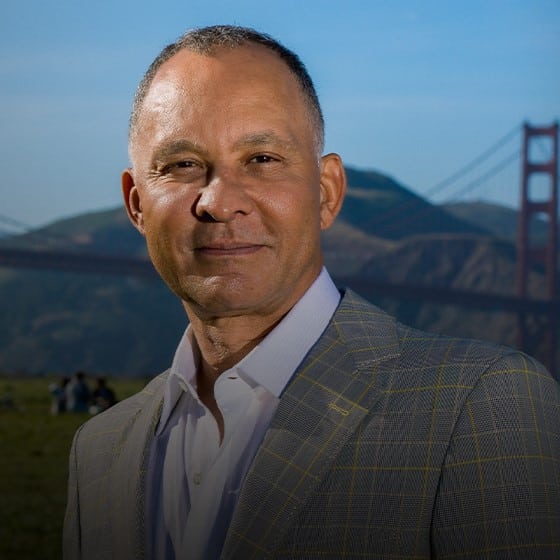Top Gynecomastia Surgery Walnut Creek: Expert Solutions for Male Breast Reduction Surgery
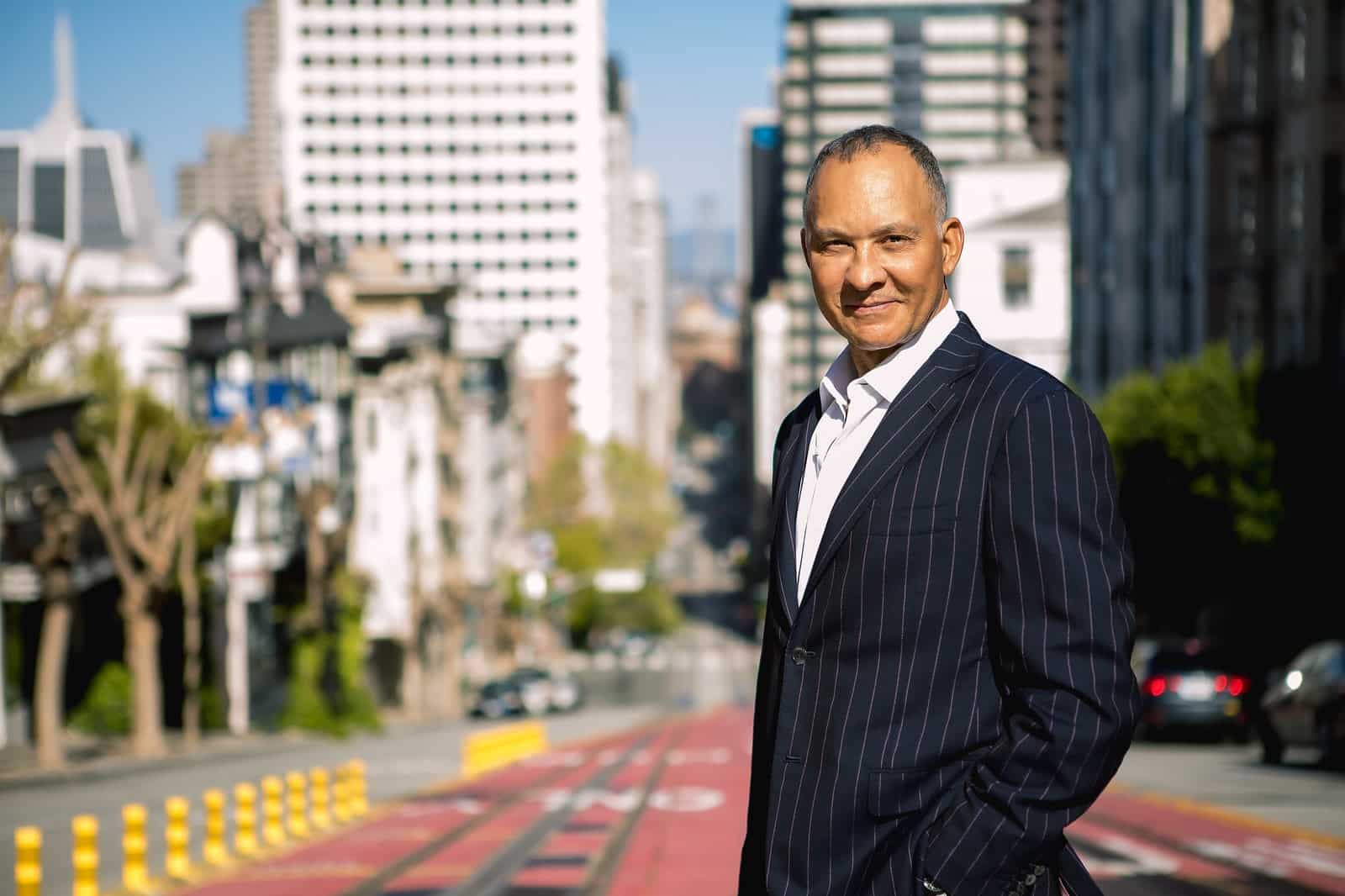
Are you considering gynecomastia surgery in Walnut Creek? Dr. Delgado is certified by the American Board of Plastic Surgery. This guide covers everything from understanding gynecomastia and its causes to exploring your surgical options with a top gynecomastia specialist, Dr. Delgado. Learn the procedure, recovery tips, and how to choose the right surgeon.
Key Takeaways
- Gynecomastia, characterized by enlarged male breasts, can result from hormonal imbalances, certain medications, or lifestyle factors, leading to physical and psychological distress.
- Treatment options range from lifestyle changes and medications for mild cases to surgical interventions, including advanced liposuction techniques. Dr. Miguel Delgado serves Walnut Creek, CA, offering specialized expertise in male breast reduction surgery.
- Recovery involves wearing a compression garment and avoiding strenuous activities. Surgery-related risks are minimal when handled by an experienced surgeon like Dr. Delgado.
Understanding Gynecomastia
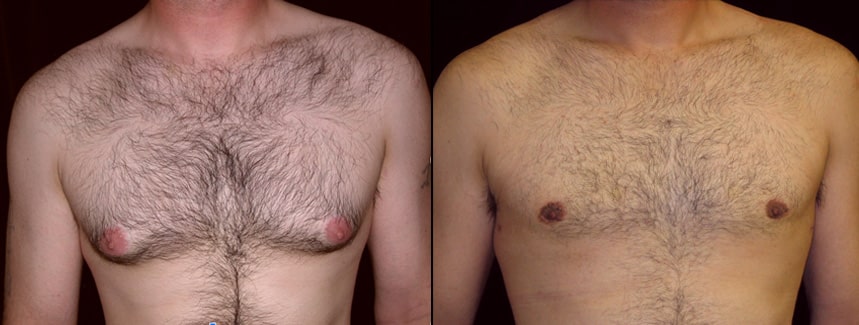
Gynecomastia is characterized by the development of enlarged breast tissue in males, specifically an enlargement of glandular tissue, resulting in a larger chest size. This can be true gynecomastia, which involves increased glandular tissue, or pseudogynecomastia, attributed to adipose tissue accumulation rather than glandular tissue. A telltale sign is often puffy nipples, indicating puffiness around the nipples. Changes in the nipple itself—such as increased nipple prominence or sensitivity—can also occur, leading to feelings of self-consciousness.
This condition can cause considerable discomfort for affected men, prompting them to shun situations like swimming or removing their shirts in public to conceal their enlarged breasts. Men struggling with gynecomastia often face significant emotional and social challenges. The emotional and social challenges associated with this condition emphasize the need for effective treatments that help men with gynecomastia achieve a more conventional chest contour and restore their confidence.
What are the Causes of Gynecomastia?
Gynecomastia arises primarily due to hormonal imbalances, notably a decrease in testosterone compared to estrogen. Low testosterone levels are a key factor in the development of gynecomastia, as they disrupt the normal balance between testosterone and estrogen. Hormonal changes that occur at any age, including the natural shifts during puberty and old age, can also promote breast tissue growth. These alterations are key contributors to the enlargement of breasts among men.
A range of medications and substances can contribute to the development of gynecomastia. Certain specific medications, such as those affecting hormone levels or blood thinning, including prescription drugs like anti-androgens used to treat various conditions, can exacerbate the issue. Anabolic steroids have been identified as a trigger for this condition, while alcohol consumption and marijuana use may further aggravate it. Specific health issues like liver disorders, overactive thyroid glands or hyperthyroidism, and renal failure can disturb hormone levels sufficiently to cause increased breast tissue.
Lifestyle choices also play a crucial role. Poor nutrition or extreme weight loss, along with specific inherited medical conditions, may influence hormone production, leading to gynecomastia development. Gaining weight can increase the appearance of enlarged breasts, especially when combined with other risk factors. Conversely, improving exercise routines and altering diets have potential benefits for managing symptoms, although direct treatment frequently requires tackling the actual hormonal disparity, which could involve administering hormone therapy.
What are the Treatment Options for Male Breast Reduction Surgery?

Various approaches exist for addressing gynecomastia, from lifestyle modifications to medical procedures. Non-surgical strategies may involve adjustments to diet, exercise, and medication to address the hormonal imbalances underlying this condition. Nevertheless, such methods tend to be more effective for minor instances and might not lead to a substantial reduction of excess breast tissue to treat gynecomastia.
For more severe cases, surgical interventions often become necessary. Male breast reduction surgery typically requires the removal of excess glandular tissue and fatty tissue. This can be accomplished with liposuction techniques when a patient’s gynecomastia is primarily caused by fatty tissue. Some of these procedures can be performed using minimally invasive methods, which may lead to less scarring and faster recovery. Meanwhile, surgical excision is employed to eliminate glandular breast tissue or any excess skin needed to create a smoother and more traditionally masculine chest appearance.
Undergoing male breast reduction surgery can alleviate physical discomfort associated with excessive chest weight, while also enhancing how clothing fits and life satisfaction levels. Dr. Delgado employs state-of-the-art methods to yield superior outcomes that empower men by refining their silhouette, elevating their confidence, and self-perception. Dr. Delgado creates a personalized treatment plan for each patient to ensure the best possible results.
Your Initial Consultation with Dr. Delgado
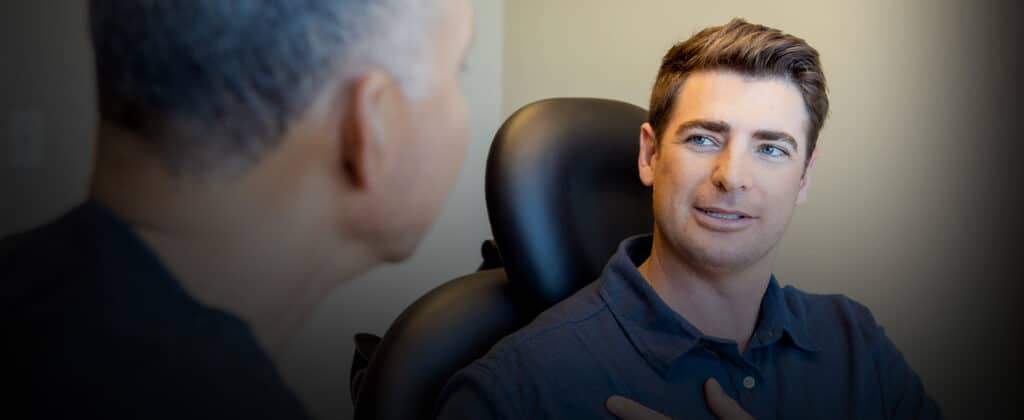
Start your path to renewed confidence by scheduling your initial consultation with Dr. Delgado. During this preliminary meeting, he will review your medical history to identify potential factors contributing to gynecomastia, such as hormonal imbalances or certain medications you may be taking. The consultation process typically involves a thorough review of your health background, a discussion of your concerns, and an outline of the next steps, so you know exactly what to expect during this stage. Please inform Dr. Delgado about any specific medications you are currently taking, as some may need to be paused or adjusted prior to surgery to ensure safety and optimal healing. This comprehensive evaluation is crucial for creating a personalized treatment plan that meets your specific needs. Based on the consultation findings, the surgeon will determine if the patient is a good candidate for the procedure.
During the visit, Dr. Delgado will examine your physical state to determine both the severity and type of breast enlargement and assess your skin’s elasticity. The surgeon will thoroughly evaluate your medical history during the initial consultation and conduct a physical examination. The consultation serves as a platform to express what you hope to achieve through surgery, and confirm that these objectives align with what Dr. Delgado believes can realistically be accomplished. Dr. Delgado will develop a personalized treatment plan based on the findings from the consultation.
Dr. Delgado will subsequently chart out a customized approach to addressing your condition. This may also involve supplementary diagnostic evaluations following his initial consultative phase assessment. Patients should inform the surgeon about any medications, vitamins, or supplements they take during the consultation.
A Real Patient Story: Before and After Gynecomastia Surgery.
This patient of Dr. Delgado developed gynecomastia at a young age due to an uncommon hormonal imbalance as an adolescent. He developed Grade 3 gynecomastia on the right side and Grade 4 on the left. This severe case typically requires skin excision, but he was opposed to this option because of his age.
We and his parents decided on the 2-stage gynecomastia treatment. The first stage is breast gland excision, liposuction, and internal heat treatment to the skin. The second treatment 4 months later is peri-areola skin excision under local anesthesia.
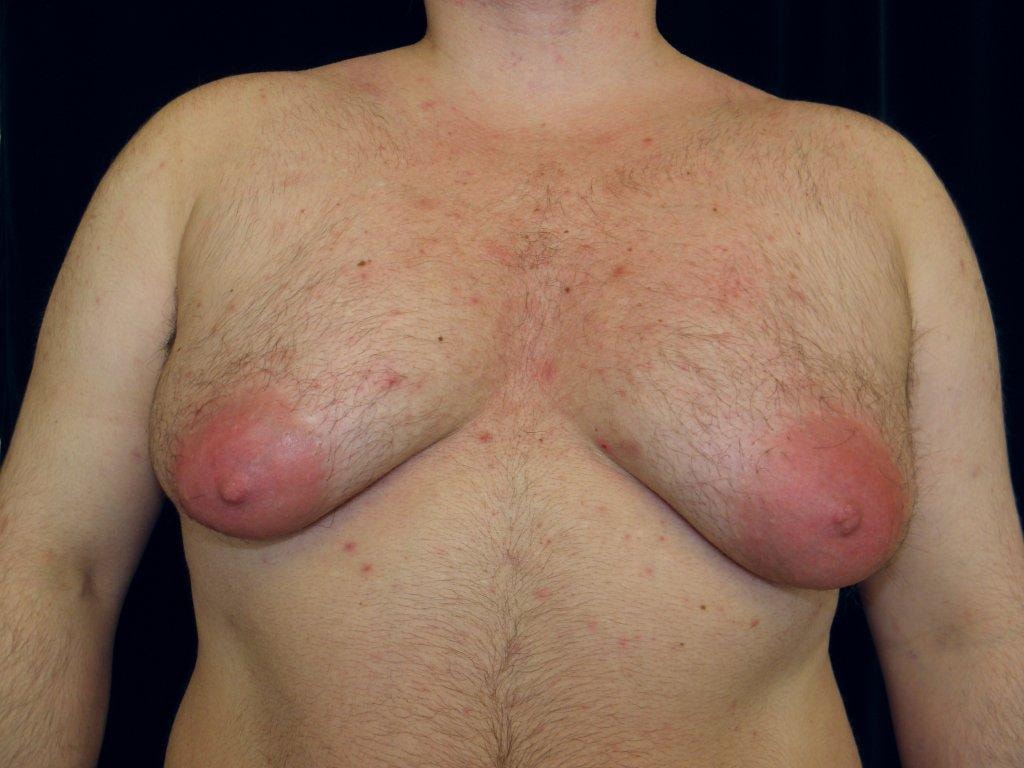

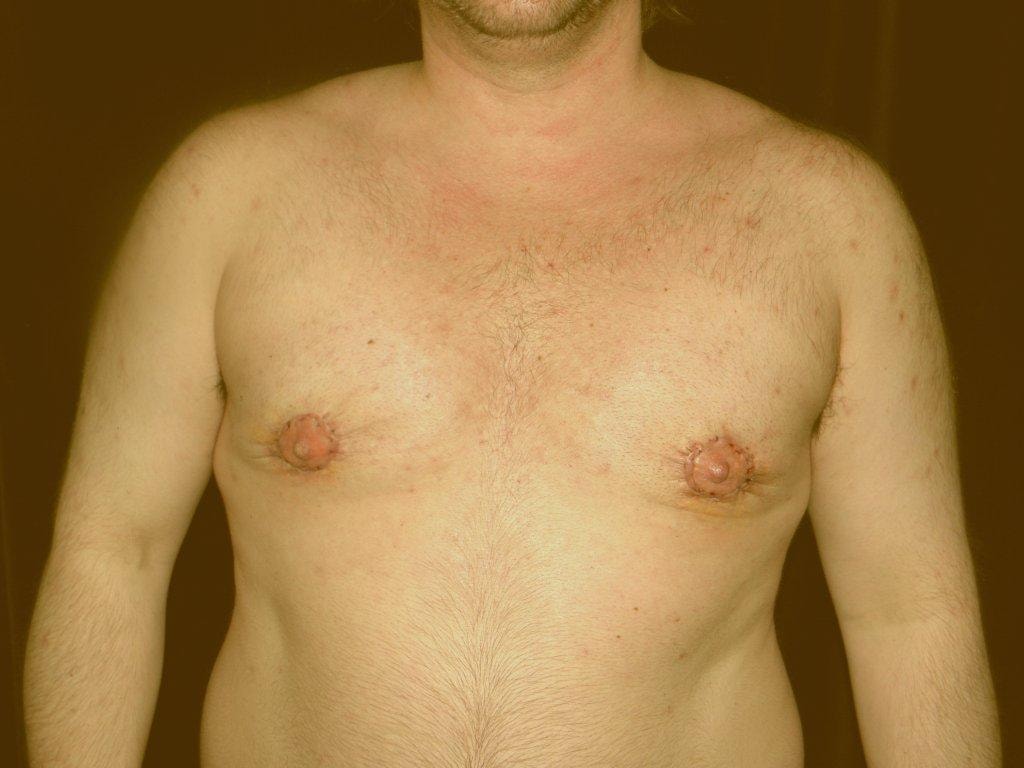

This case is both complex and fascinating. It highlights the remarkable effectiveness of the surgery, the body’s incredible ability to contract and shrink skin, and the patient’s strong determination to become physically fit.
Gynecomastia Surgery Walnut Creek, CA

Gynecomastia surgery is usually performed under general anesthesia and lasts between one and three hours. The procedure involves removing excess fat and glandular tissue to sculpt a more masculine chest contour. Depending on each unique case, achieving this outcome may involve liposuction methods or direct tissue extraction.
Intravenous sedation is also an option to keep patients comfortable during the procedure. In select cases, local anesthesia may be used, depending on the extent of the procedure. The choice of anesthesia is tailored to each patient’s needs, ensuring safety and comfort throughout the surgery. Factors influencing this decision include the patient’s overall health, anxiety levels, and the complexity of the gynecomastia surgery. An experienced anesthesiologist or sedation nurse monitors the patient closely during the procedure to manage pain and vital signs effectively, contributing to a smooth surgical experience and minimizing any potential risks associated with anesthesia.
Larger incisions might be necessary to remove the glandular tissue when it is abundant. These cuts are positioned around the lower edge of the areola or concealed within the armpit when performing liposuction. In some cases, incisions may also be made near the nipple, and the procedure can involve reshaping or reducing the nipple and areola to achieve a natural appearance. In situations where additional skin needs to be removed for optimal shaping, adjustments will be made to minimize any resultant scarring through careful incision placement. Minimally invasive techniques, which involve small incisions, are often employed to minimize healing time and discomfort.
Gynecomastia surgery is typically performed in an outpatient basis. This allows individuals undergoing this treatment to return home on the same day. The out-of-hospital process promotes convenience and reduces time spent at medical facilities for patients choosing this option to address their condition, gynecomastia.
Recovery After Gynecomastia Surgery

Recovery from gynecomastia surgery involves several essential steps to ensure optimal results. For most men, wearing a compression garment for about two weeks following the procedure is crucial for reducing swelling and supporting the new chest contour. Surgical dressings are initially worn post-operatively, followed by the compression garment. It is also important to follow the detailed postoperative care instructions provided by your surgeon to promote proper healing and minimize complications.
Patients are encouraged to rest in bed on the first day after surgery, and can typically return to work within the first week. The recovery time is relatively quick, and most men feel normal within a week. Swelling, bruising, and tenderness are common but usually subside within a few weeks. However, any signs of severe pain, swelling, or infection should be immediately reported to Dr. Delgado. If you gain weight after surgery, it can affect the results, so maintaining a healthy weight is important.
Strenuous physical activities should be avoided for about four weeks post-surgery to ensure proper healing. Sutures are typically removed within two weeks. While some scarring is inevitable, it tends to fade over time and can be minimized appropriately. Some soreness can be expected after gynecomastia surgery, but it can be managed with pain medication. Most patients can return to work within the first week after gynecomastia surgery. Physical activities should be limited for two to three weeks after gynecomastia surgery.
Potential Risks and Complications
Like any surgical procedure, gynecomastia surgery carries certain risks and potential complications. Common hazards include complications from anesthesia, infection, scarring, and numbness. Patients might also experience asymmetry in breast size or shape, and in rare cases, significant amounts of swelling and physical discomfort can occur. Additionally, certain medications and hormonal changes can also contribute to complications. Potential risks, side effects, and pre-operative preparation will be discussed during the consultation.
Adequate pre-operative assessment and skilled surgical techniques are essential to managing these risks and ensuring patient safety. Patients are advised to quit smoking and refrain from alcohol prior to surgery for health reasons. Dr. Delgado meticulously informs patients about these risks and adequately prepares them for the procedure. This thorough approach helps minimize surgical complications and enhances the safety and success of the surgery.
Costs and Financing Options

The expense of undergoing gynecomastia surgery can differ significantly, with prices ranging from $7,000 to $13,000 for those not covered by insurance. This price typically does not cover the costs for an anesthesiologist, the surgical facility, and any care needed after the operation. The cost of gynecomastia treatment is directly proportional to the amount of work required to achieve a satisfactory result. To cope with these financial demands, many patients consider payment plans offered by medical practitioners. A detailed cost estimate for gynecomastia surgery is provided during the consultation based on the specific treatment plan. This estimate is tailored to each patient through a personalized treatment plan.
Health insurance may provide insurance coverage for gynecomastia surgery under certain circumstances when specific criteria are met, particularly in cases of moderate to severe instances. While insurance coverage may apply to some cases of gynecomastia surgery, particularly if it causes physical discomfort, many patients find the investment worthwhile. Patients should seek detailed estimates and compare providers to ensure effective cost management. Some healthcare facilities now have to disclose their standard fees for pre-scheduled procedures, which helps patients approximate potential expenses.
Dr. Delgado is a leading gynecomastia expert.

Dr. Miguel Delgado is a distinguished board-certified plastic surgeon, recognized for his certification by the American Board of Plastic Surgery and his membership in various professional societies dedicated to plastic surgery. He is exclusively focused on cosmetic plastic surgery within his practice, highlighting his proficiency in this domain. He plays a crucial role as the medical director of Gynecomastia.org, which is an essential resource for men grappling with breast enlargement.
With a career spanning over 30 years, Dr. Delgado has expertly managed intricate gynecomastia cases worldwide and consistently earned recognition as the premier plastic surgeon from 2017 through 2021. His dedication focuses primarily on enhancing patients’ body image and bolstering their self-confidence through effective gynecomastia treatment. He handles every form of gynecomastia confidently, even when revisions are necessary following previous surgeries.
Clients commend Dr. Delgado’s unwavering commitment to delivering superior outcomes paired with a tailored approach for each case. His profound experience, coupled with specialized expertise, positions him at the forefront of performing gynecomastia surgery, helping males achieve a more masculine chest appearance while significantly enhancing their quality of life.
Why Choose Dr. Miguel Delgado for Gynecomastia Surgery?

Dr. Miguel Delgado distinguishes himself as a premier surgeon for treating gynecomastia, a board-certified plastic surgeon with over three decades of focused experience in male breast reduction procedures. His esteemed status extends well beyond the San Francisco Bay Area, where he is renowned for providing exceptional care and delivering superior surgical results to his patients.
Many patients have deeply appreciated Dr. Delgado’s professional conduct and the transformative effect of his surgical interventions on their quality of life. Driven by a dedication to patient satisfaction, his meticulous approach to addressing gynecomastia has positioned him as an exemplary choice for individuals aiming to enhance their physique and self-esteem through surgery. Dr. Delgado helps men achieve a more masculine chest contour through effective treatments.
Your Initial Consultation with Dr. Delgado
Begin your journey to newfound self-confidence by booking your initial consultation with Dr. Delgado. During this preliminary meeting, he will review your medical history to identify potential factors contributing to gynecomastia, such as hormonal imbalances or certain medications you may be taking. The consultation process typically involves a thorough review of your health background, a discussion of your concerns, and an outline of the next steps, so you know exactly what to expect during this stage. Please inform Dr. Delgado about any specific medications you are currently taking, as some may need to be paused or adjusted prior to surgery to ensure safety and optimal healing. This comprehensive evaluation is crucial for creating a personalized treatment plan that meets your specific needs. Based on the consultation findings, the surgeon will determine if the patient is a good candidate for the procedure.
During the visit, Dr. Delgado will examine your physical state to determine both the severity and type of breast enlargement and assess your skin’s elasticity. The surgeon will thoroughly evaluate your medical history during the initial consultation and conduct a physical examination. The consultation serves as a platform to express what you hope to achieve through surgery, and confirm that these objectives align with what Dr. Delgado believes can realistically be accomplished. Dr. Delgado will develop a personalized treatment plan based on the findings from the consultation.
Dr. Delgado will subsequently chart out a customized approach to addressing your condition. This may also involve supplementary diagnostic evaluations following his initial consultative phase assessment. Patients should inform the surgeon about any medications, vitamins, or supplements they take during the consultation.
Patient reviews
Many patients have expressed their appreciation for Dr. Delgado’s proficiency and the success of their treatment outcomes in patient testimonials. They praise his professional demeanor, comprehensive consultations, and empathetic support during their surgical process.
Outstanding Reviews
Dr. Delgado and his team take great pride in the exceptional reviews they have received throughout the years. They have garnered a remarkable 4.9 rating on Google based on 210 reviews, an impressive 4.7 rating on Yelp with 140 reviews, a commendable 4.8 rating on Real Self from 238 reviews, and a perfect score of 5.0 on Birdeye with feedback from 238 individuals. These platforms are among the most popular review sites available. In recognition of Dr. Delgado’s proficiency in his field, he was voted the best plastic surgeon in San Francisco by San Francisco Magazine for 2022, an accolade that fills him and his staff with immense honor. It is worth noting that Dr. Delgado has extensive experience spanning over three decades, specializing in facelift surgery, specifically in the San Francisco Bay Area.

Dr. Delgado, Voted the Best Plastic Surgeon in San Francisco
VOTED BEST PLASTIC SURGEON IN SAN FRANCISCO BY SAN FRANCISCO MAGIZINE IN 2022.
Most patients have noticed substantial enhancements in their self-esteem and are extremely pleased with the outcomes of their gynecomastia surgery. Many men achieve a more masculine chest contour and improved self-confidence after surgery. The favorable reviews highlight Dr. Delgado’s dedication to meeting patient expectations and his expertise in achieving outstanding results.
Travel Patience and Places of Interest in Walnut Creek, CA
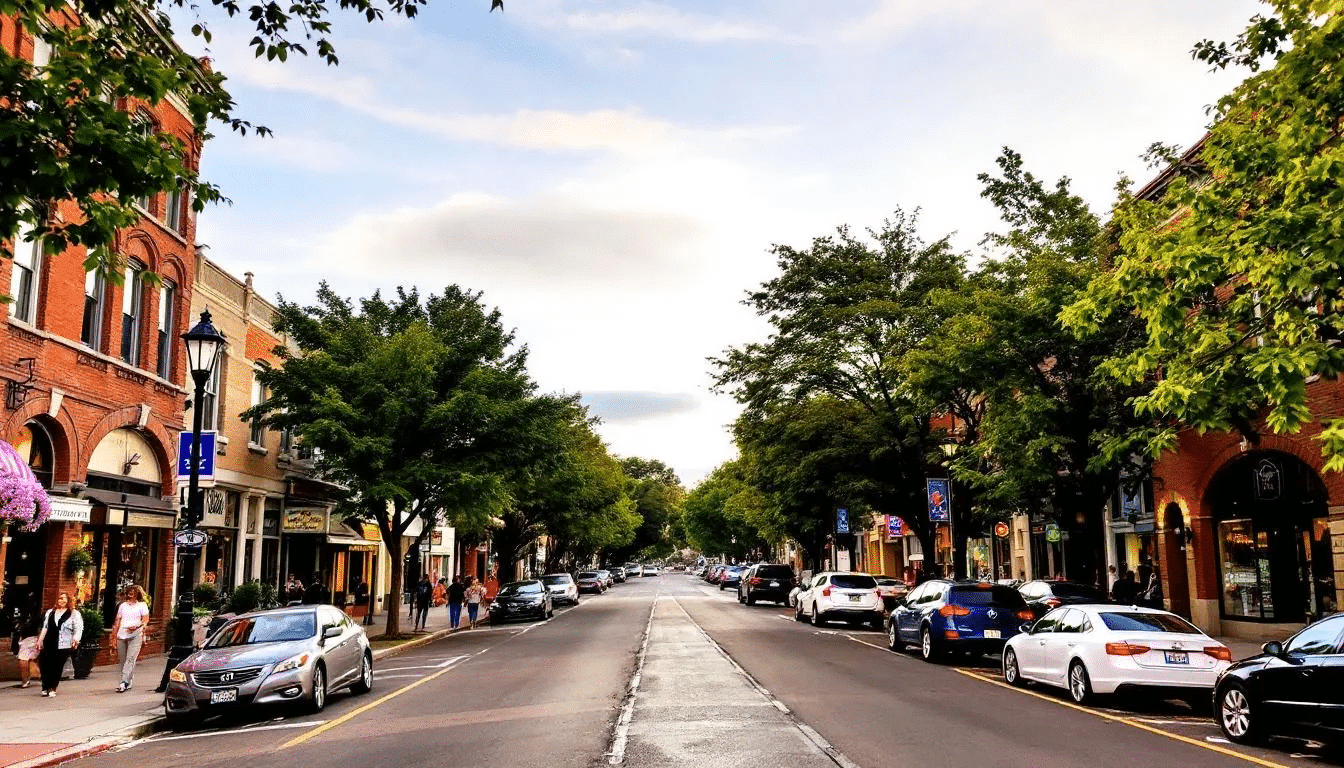
WALNUT CREEK, CA
Walnut Creek, California, boasts a diverse array of notable attractions, including natural parks and cultural and artistic venues. Here are the top places of interest always worth a visit:
Downtown and Shopping
- Broadway Plaza is an upscale shopping district known for boutiques, restaurants, and seasonal events.
- Walnut Creek Downtown features lively cafes, public art, and various community events throughout the year.
Arts and Culture
- Lesher Center for the Arts is a regional hub for theater, music, and art exhibitions.
- Lindsay Wildlife Experience connects visitors with native wildlife and local conservation.
- Bedford Gallery and Valley Art Gallery offer year-round rotating exhibits of Bay Area artists.
Parks and Outdoor Spaces
- Heather Farm Park offers various amenities, including gardens, sports fields, picnic areas, and playgrounds.
- Ruth Bancroft Garden is internationally acclaimed for its collection of succulents and drought-tolerant plants.
- Shell Ridge Open Space offers extensive hiking trails and wildlife viewing opportunities.
- Mount Diablo State Park showcases breathtaking views and hiking opportunities at one of California’s iconic peaks.
- Civic Park is perfect for family picnics and playground fun.
Unique Local Experiences
- Old Borges Ranch, part of Shell Ridge, preserves Walnut Creek’s agricultural history and farm animals.
- Farmers’ Market operates weekly and is great for sampling fresh produce and craft goods.
Annual Events
- Walnut Creek Art & Wine Festival includes local artisans, live music, and food vendors every summer.
- Seasonal outdoor concerts and public art walks often take place in downtown and Civic Park.
Trails
- Iron Horse Regional Trail is a 32-mile multi-use trail for walking and biking, passing through scenic Walnut Creek neighborhoods.
All these attractions are regularly accessible without the need for photos and provide memorable experiences for families, couples, and solo travelers alike.
Summary
Gynecomastia can significantly impact a man’s quality of life, but effective treatments are available. Men struggling with gynecomastia can find effective treatments to improve their condition. From understanding the condition and its causes to exploring various treatment options, this guide has provided comprehensive insights into addressing gynecomastia. Dr. Miguel Delgado’s expertise and patient-centric approach make him an excellent choice for those seeking male breast reduction surgery.
If you’re struggling with gynecomastia, take the first step toward becoming more confident by consulting a qualified specialist, such as Dr. Delgado. With the proper treatment, many men achieve a flatter, more masculine chest and improved self-confidence through gynecomastia surgery.
Frequently Asked Questions
What causes gynecomastia?
Hormonal imbalances primarily cause Gynecomastia, specifically the decrease of testosterone relative to estrogen. Hormonal changes can occur at any age and can lead to the development of enlarged breast tissue in men, impacting self-esteem and lifestyle.
Additionally, certain medications, recreational substances, and underlying health conditions can also contribute to its development. Understanding these various causes is crucial for targeting treatment appropriately.
What are the treatment options for gynecomastia?
Gynecomastia can be treated through lifestyle changes and medications, or surgically with techniques like liposuction and excision to remove excess tissue.
Choosing the appropriate option depends on the severity and underlying causes of the condition. A personalized treatment plan is developed based on these factors to ensure effective and tailored treatment strategies.
What is the recovery process like after gynecomastia surgery?
The recovery process after gynecomastia surgery generally requires wearing a compression garment for about two weeks and may involve returning to work within the first week. The recovery time is relatively quick, with most patients able to resume low-impact exercise after two to three weeks. You should expect some swelling, bruising, and tenderness, which typically resolve within a few weeks.
It’s important to avoid strenuous activities for about four weeks.
Are there risks or complications associated with gynecomastia surgery?
Yes, risks associated with gynecomastia surgery include complications from anesthesia, infection, and scarring. Additionally, certain medications and hormonal changes can contribute to complications. A thorough pre-operative assessment and skilled surgical techniques are essential to minimize these risks.
How much does gynecomastia surgery cost, and are financing options available?
Gynecomastia surgery typically costs between $5,000 and $10,000, and financing options are available. The cost estimate is based on a personalized treatment plan. The latest price range for gynecomastia treatment can be obtained by contacting the provider for a consultation.
Some health insurance plans may cover the procedure if you meet specific eligibility criteria.
